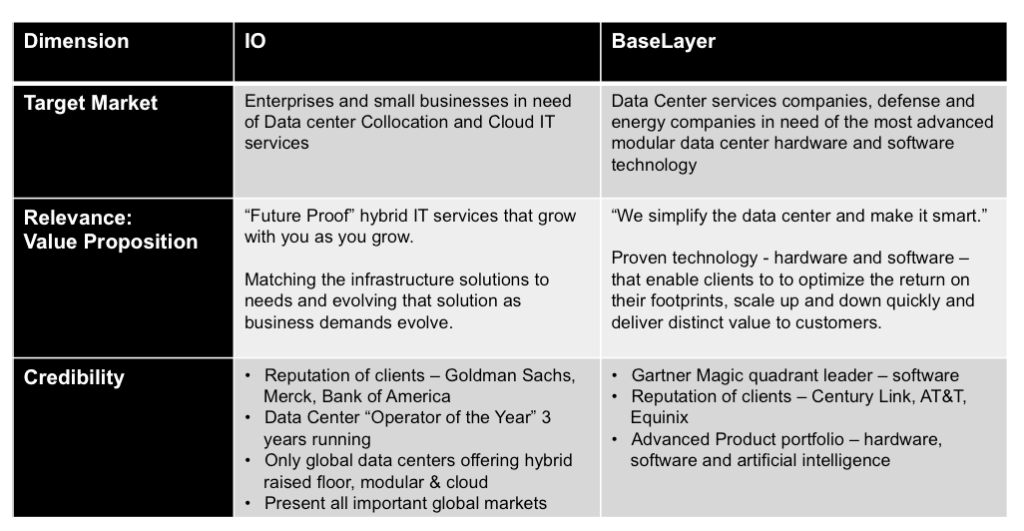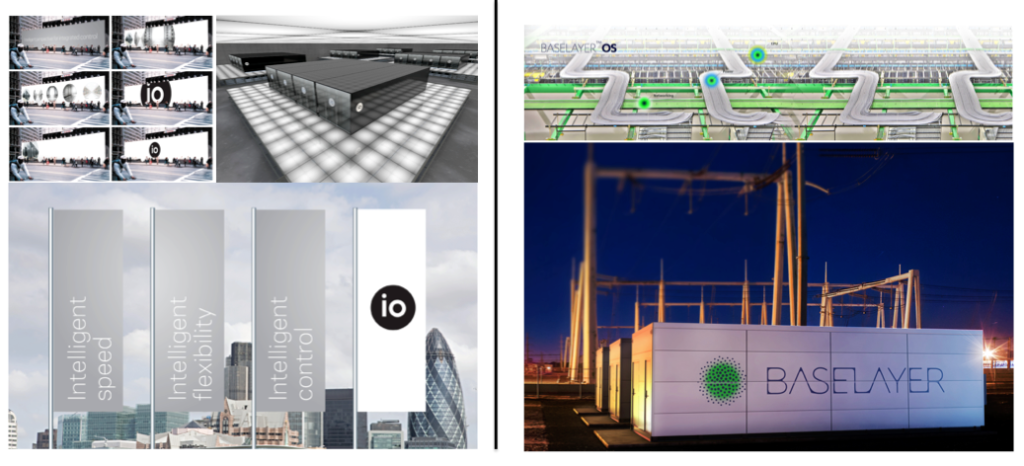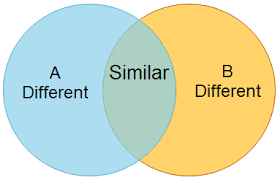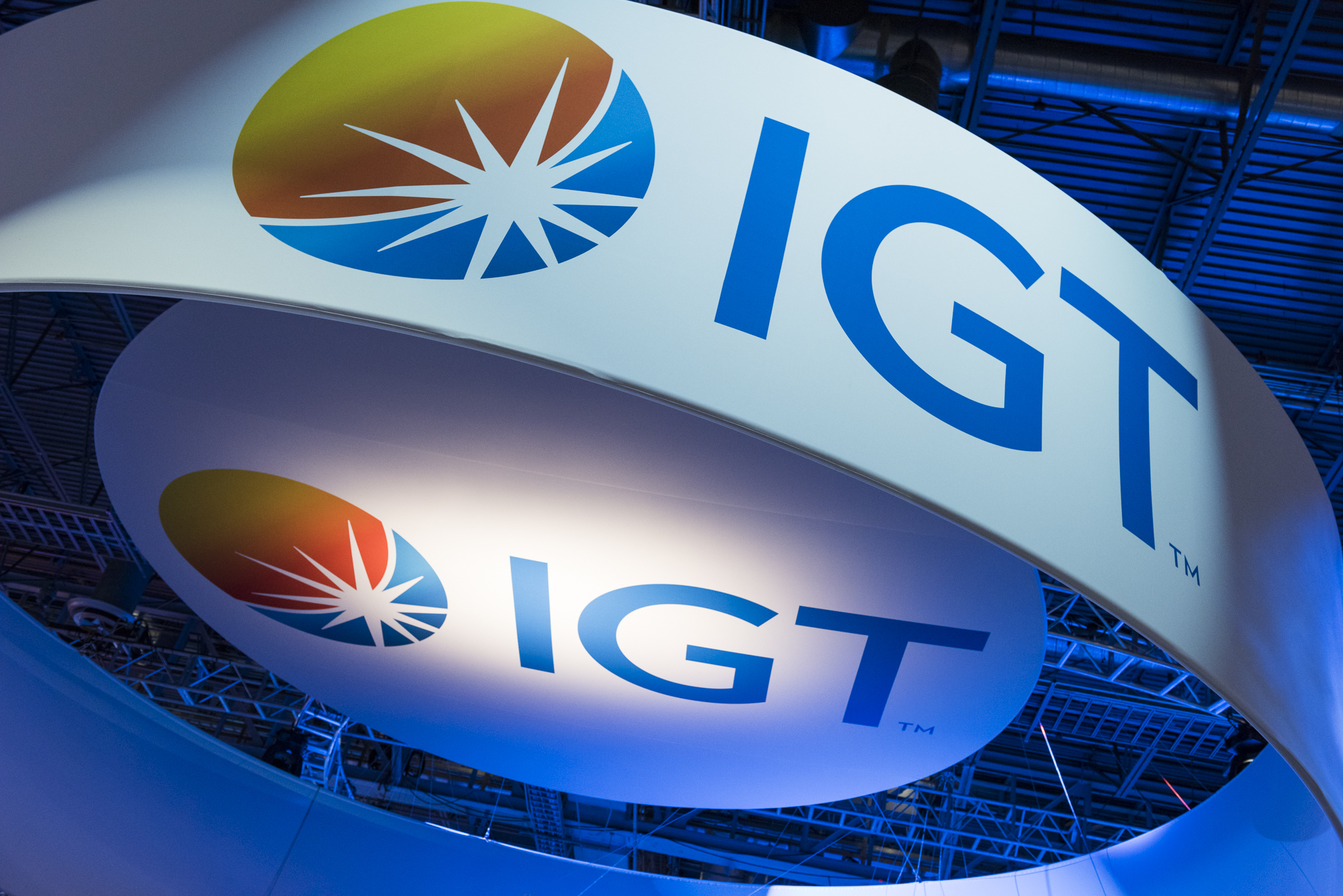
Curing Brand Schizophrenia
January 28, 2016
Removing a Growth Inhibitor: Curing Brand Schizophrenia
For years, big players in financial services and enterprise technology have rolled up organically built and acquired businesses under a single, overarching corporate brand.
This plan made sense when originally conceived. Of the alternative models, this approach generated the greatest efficiencies, provided the most consistency, was the easiest to manage and sustain.
The advantage to this approach lies in its economics. By leveraging a single overarching brand, firms are able to concentrate their media spends and generate significant economies of scale. It’s easy to understand why it has been so widely embraced.
Unfortunately, this approach has its downside.
With limited exceptions, these roll-ups suffer from muddled market perceptions. Just look at the biggest banking and enterprise IT firm brands today. Distinctiveness is sacrificed by basing the collective positioning on a common denominator across the business. This compromises the ability of individual business units to compete effectively with more focused, relevant and agile competitors.
The resulting “brand schizophrenia” inhibits growth.
By trying to be multiple things for multiple people, these brands make it extremely difficult for customers and prospects to appreciate the relevance, credibility and value of individual competencies.
Even worse, in some cases unforeseen channel conflicts have created insurmountable barriers to growth.
In response, some forward thinking organizations have embarked on strategies to replace these “roll-up” structures with far more focused pure play models that separate unrelated competencies into distinctly branded, stand alone entities. This refined strategy fuels growth by focusing resources, clarifying market positioning and eliminating channel conflict.
Doing It Right: The IO example
IO is an innovative enterprise IT organization that faced head-on the challenges of “roll-up” structural constraints. The company built world class competencies in IT infrastructure services and IT infrastructure technology, but was increasingly frustrated by results that did not live up to forecasted market potential.
A thorough review of the challenge revealed that these two seemingly synergistic competencies were actually inhibiting growth under a single brand. Customers for the service company failed to appreciate the added value of the technology competency and because the most lucrative market for the technology was other service providers, the structure created an inherent channel conflict that completely impeded growth.
Management took the bold step of splitting the company into two distinct entities to eliminate constraints and fuel growth.
Doing it Wrong: The HP example
Confronting similar challenges, HP embarked on new strategy to distinguish its consumer technology business from its Enterprise IT organization.
Unfortunately, this well considered strategy is compromised by poor execution. The resulting new brands are too closely aligned. They share the same name and the same original visual style.
How to do it right?
If you’re going to do it, then really do it.
The key learning from reviewing HP’s mistake is that success in such an endeavor requires pushing the businesses and brands apart to create two distinct entities.
This means examining the strengths and weaknesses of each entity and building the respective brands on the basis of the strengths that are unique to each. Shared strengths will help with operational success, but for brand building purposes we need to focus on the strengths that each business owns uniquely.
Building the Brand BluePrint
If you going to do this, the key to success lies in how you frame the strategy. The goal is to define the focused brands as distinctly as possible to avoid confusion in the marketplace.
The easier this is to do, the more comfortable you can be that the separation decision is right for the business. Conversely, if you’re finding it difficult to distinguish the brands then the separation strategy is probably not the best solution for the challenge you are attempting to solve.
To build such a strategy, we employ a simple, yet effective model to shape the foundation for the brand. Our “Brand BluePrint” model starts with the business challenge and focuses the brand strategy to solve this challenge and enable opportunity.
The key components of this model include:
It’s all about crispness
In the end, the key to eliminating the constraining impact of brand schizophrenia lies in defining the individual brands a crisply as possible. This new clarity will free the businesses to compete more effectively with pure play competitors and will eliminate the hurdles of channel conflict.
Success starts with an effective strategy. If you’re going to do it, drive the brands apart as far as possible. The crispness will make it easy for targets to embrace the value.
Posted under: Branding Architecture, Branding Strategy, Demand Driving Strategy

Rethinking Branding Architecture to Better Drive Demand
November 15, 2012
I have a good friend and colleague who never met a branding architecture challenge that wasn’t best solved through a masterbrand. Unfortunately, his view is not unique in the world of branding.
The branding profession has long held that a masterbrand approach is the superior solution for the majority of branding architecture challenges. Why not? This approach is the most efficient, most economical, most consistent, easiest to manage and sustain.
All very good reasons, but if the mission is to drive growth by managing demand, these are not the most important factors to consider when selecting the branding architecture right for the future.
There is no question that in some very specific cases, a pure masterbranded system is best. Masterbrands are perfect for mono-line service offerings that can easily convey distinctive value under a single powerful brand. In these cases, a masterbrand can be powerful demand driving catalyst.
However, as soon as the organization needs to feature individual aspects within an umbrella offer to drive new demand, a masterbrand becomes an impediment to establishing a differentiated presence in the marketplace.
Look at the big banks today. For years the branding profession advised these organizations to roll-up acquired entities into a single overarching positioning and brand. The rationale – consistency, efficiency and brand spend leverage. The result – homogenized units, struggling to make the best of lowest common denominator positionings while steadily losing ground to more focused, relevant and agile competitors.
Can you name a single, distinctive, demand driving banking brand today? It’s hard. These once great brands have become mere commodities under all inclusive, diluted masterbrands.
As organizations shift perspective from branding for consistency to branding to drive demand, conventional branding architecture theory must be rethought.
The most successful organizations realize that to drive demand today, they must effectively orchestrate at least three levels of branding – the brand of their representative in the customer relationship, the brand of the product or line of business and the corporate brand.
Each of these levels plays a very important role in fulfilling the drivers of demand in today’s markets. The corporate brand helps establish the foundation of trust so critical to the formation of any customer relationship. The product or business unit brand helps build the competency credibility necessary for relationship development. The representative brand establishes the sense of empathy or understanding that customers need as they are solidifying their choice. Ultimately, all three levels of brand combine to convey the sense that the brand can truly help customers in achieving their ultimate objective for the relationship.
Today’s branding architectures must allow each of these levels of branding to fulfill their roles, both individually and collectively. Conventional, one-dimensional masterbrand thinking won’t satisfy this need. There’s room for a significant rethink and much new innovation around types of architecture relationships and better orchestration throughout the critical stages of the customer decision-making process.
As we transform our frame of reference to catalyzing demand, the things we’ve done all along often come up quite short. There’s so much more the branding profession can do to help clients be more successful. This is just when it gets fun. Stay tuned.
Posted under: Branding Architecture, Demand Driving Strategy












